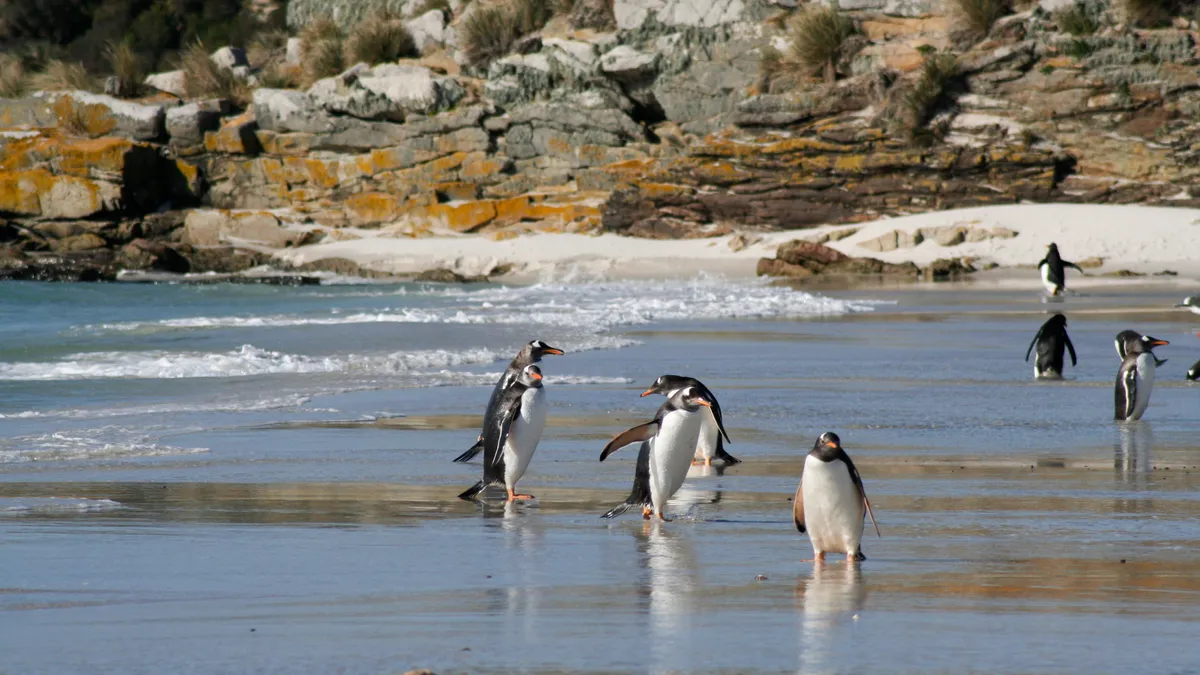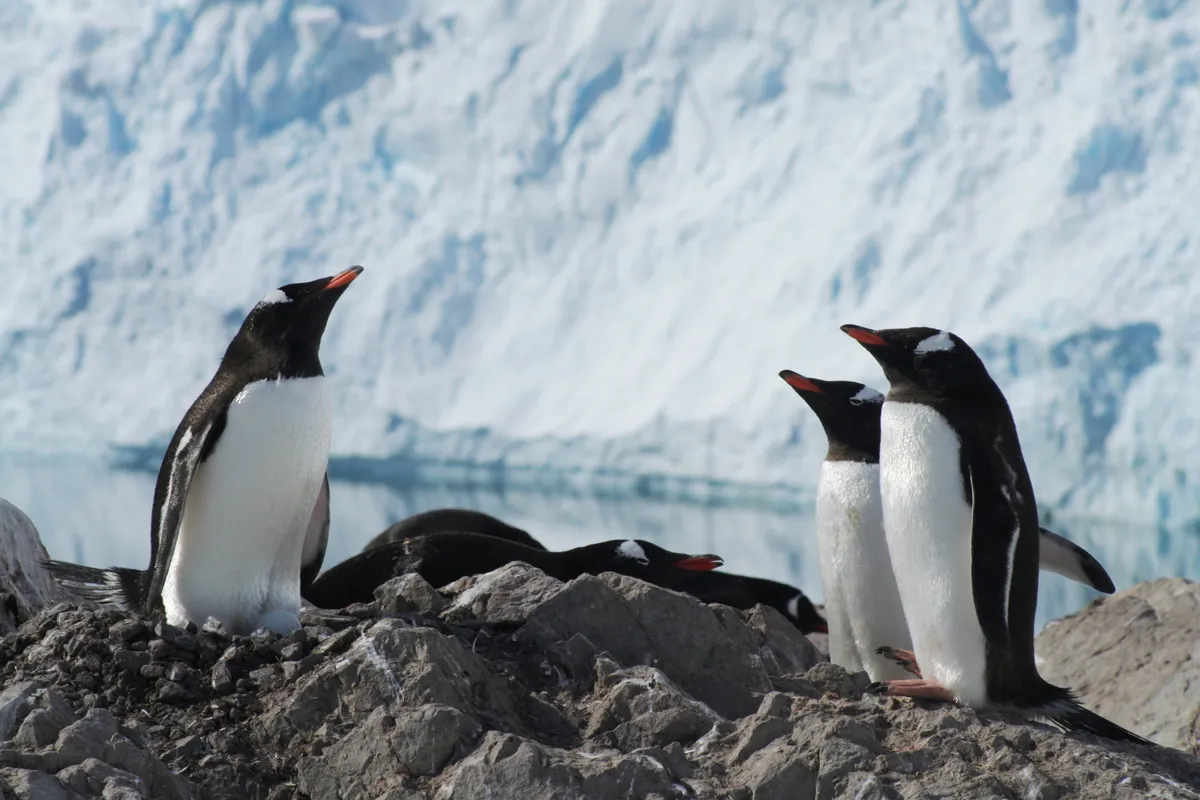In a new study, scientists at the University of Bath have revealed that differences in both the genetics and morphology (physical appearance) of gentoo penguins throughout the southern hemisphere are significant enough to reclassify them into four different species, bringing the total number of penguin species to 21.
Some of the gentoo penguins studied live in Antarctica while others live further north in milder climates and these factors have caused contrasting adaptations among the penguins.
“Gentoos tend to stick close to their home colonies,” explains Dr Jane Younger, Prize Fellow from the Milner Centre for Evolution at the University of Bath and leader of the study, “Over hundreds of thousands of years [they] have become geographically isolated from each other to the point where they don’t interbreed with each other.”

To study the penguins’ genes, the team created an evolutionary tree to determine how the various populations are related. After comparing these individuals with museum specimens, distinct differences were discovered.
“When we measured their skeletons,” explains PhD student Josh Tyler, “We found statistical differences in the lengths of their bones and the sizes and shape of their beaks.”
As well as these factors, the team also recorded differences in breeding habitat – while some birds favour tussock grass and flat beaches, others use low-lying gravel beaches. There is also variation in the ratios of fish, squid and crustaceans consumed from site to site.
Gentoo penguins (Pygoscelis papua) are currently divided into two subspecies which represent the split between northern and southern birds: P. p. ellsworthi and P. p. papua.

Now scientists believe that these groups should be classified as official species along with two additional species. The first is named after Sally Poncet, an Australian seabird conservationist (P. poncetii). The second, P. taeniata, commemorates a scientific name formerly proposed for gentoo penguins in the 1920s.
Although gentoo penguin numbers are reasonably stable, there is evidence of some of the northern birds moving further south as the climate warms. Some populations have increased in recent years while others have fallen.
The proposed reclassification will enable conservation planning to be more tailored to each species. It will also mean that their individual statuses will be represented more accurately on the IUCN Red List.
The suggested adjustments to the classification of gentoo penguins will be assessed by a committee of international scientists before the new species are confirmed.
The gentoo penguin (prior to reclassification) is the third-largest penguin species, after the emperor and king penguins, and has a wide white stripe above its eyes.
Main image: Gentoo penguins (P. poncetti). © Gemma Clucas
